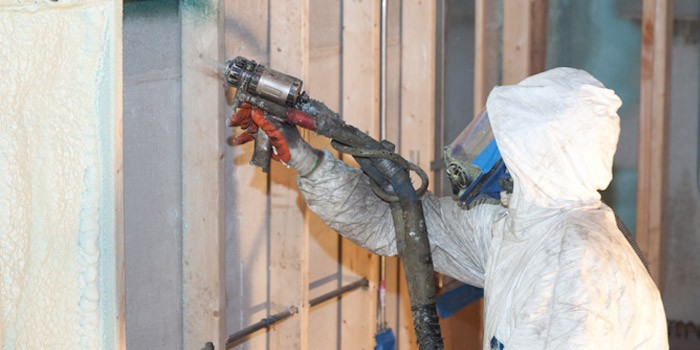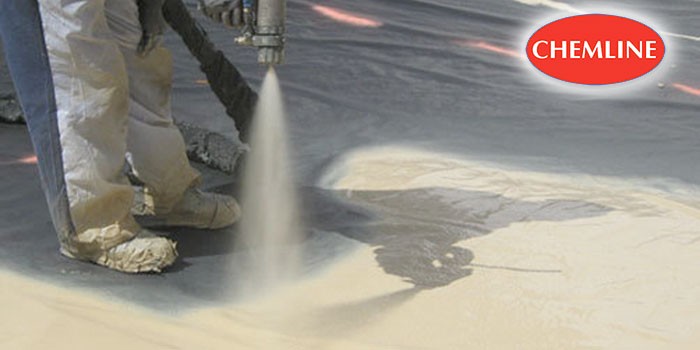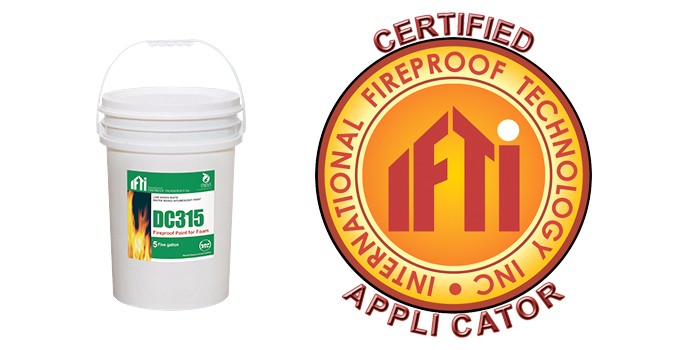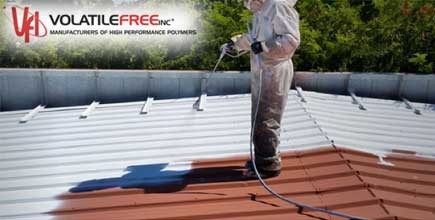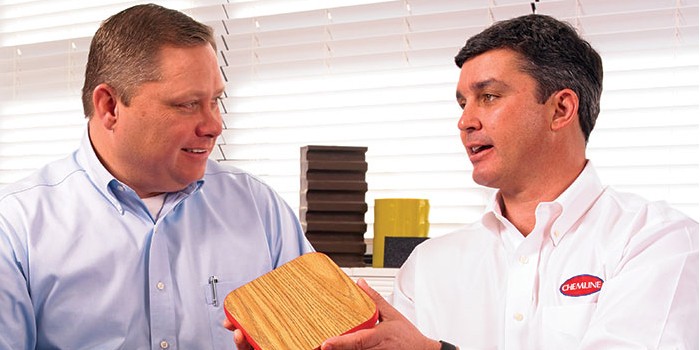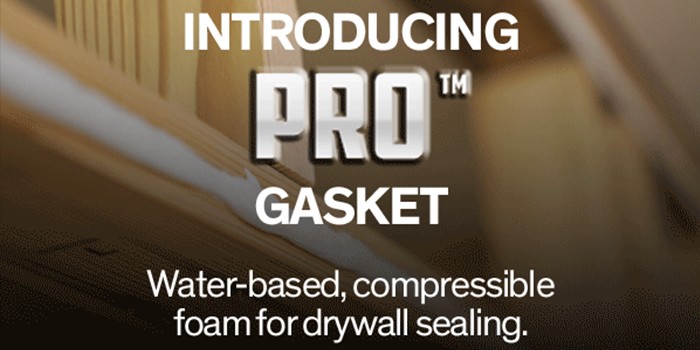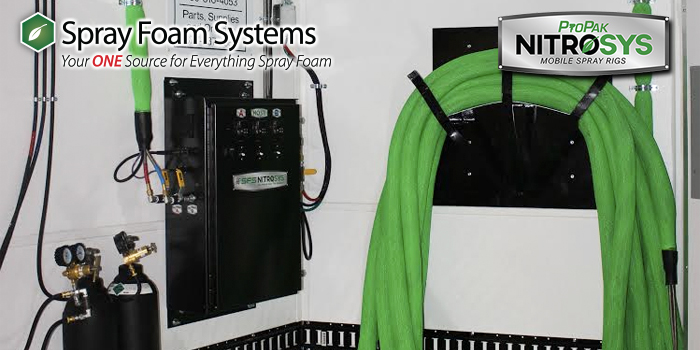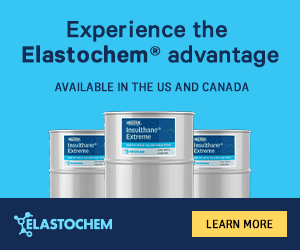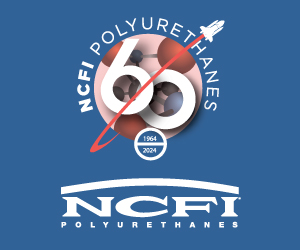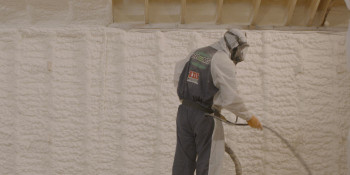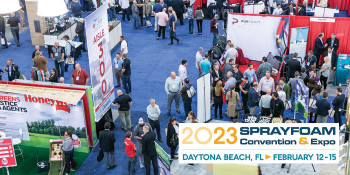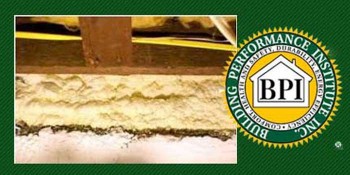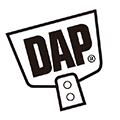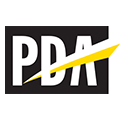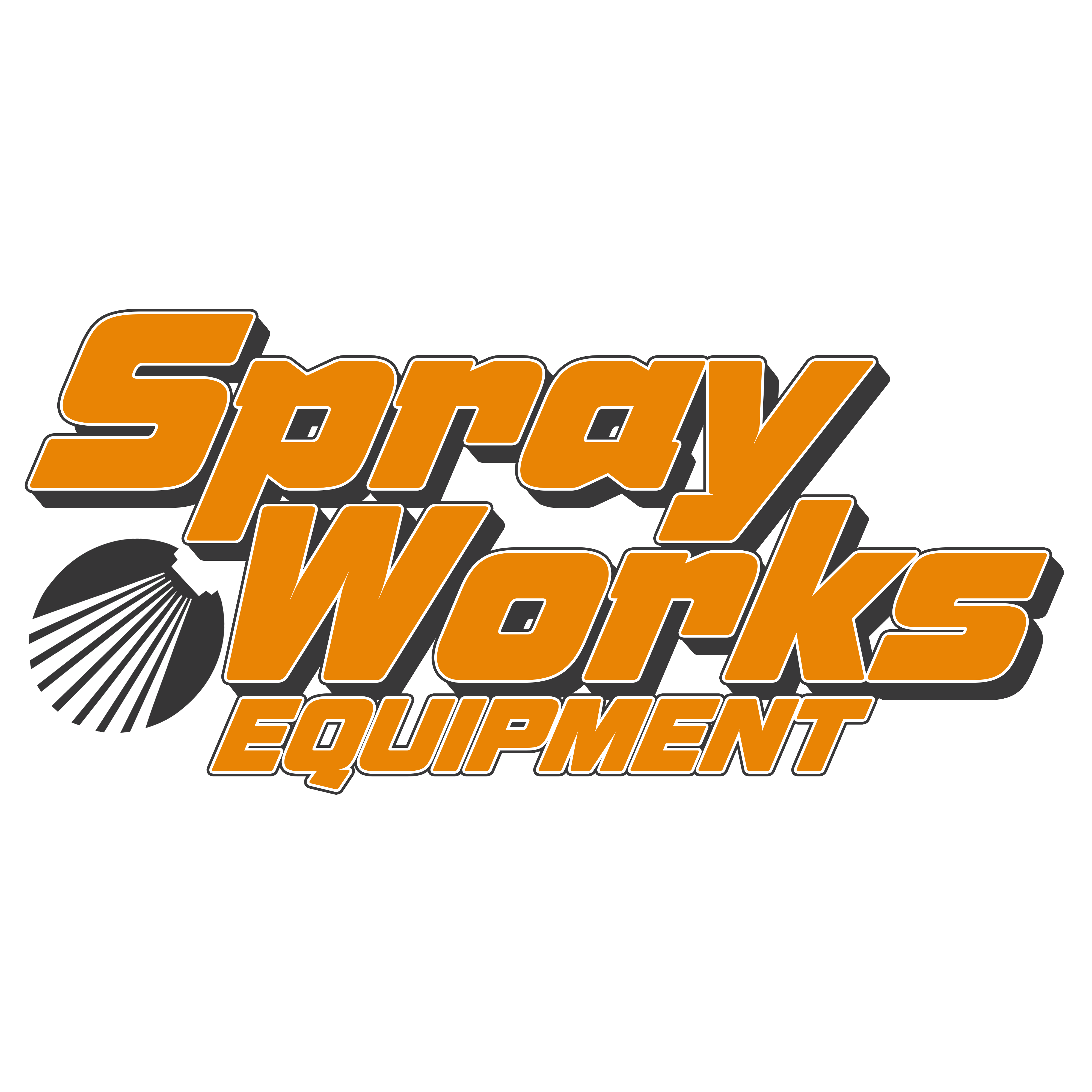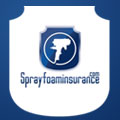DC 315- 15 Minute Thermal Barrier for Spray Foam Insulation
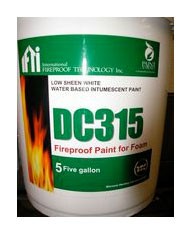
The LEED (Leadership in Energy and Environmental Design) green building certification program encourages and accelerates global adoption of sustainable green building and development practices through a suite of rating systems that recognize projects that implement strategies for better environmental and health performance.
Using DC 315 in projects can earn buildings 1 point for use of a low VOC, low emitting product, and an additional point because DC 315 contains no Formaldehyde!
IE Q Credit 4.2: Low-Emitting Materials—Paints and Coatings
1 Point Intent
To reduce the quantity of indoor air contaminants that are odorous, irritating and/or harmful to the comfort and well-being of installers and occupants.
Requirements
Paints and coatings used on the interior of the building (i.e., inside of the weatherproofing system and applied onsite) must comply with the following criteria as applicable to the project scope:
- Architectural paints and coatings applied to interior walls and ceilings must not exceed the volatile organic compound (VOC) content limits established in Green Seal Standard GS-11, Paints, 1st Edition, May 20, 1993.
- Anti-corrosive and anti-rust paints applied to interior ferrous metal substrates must not exceed the VOC content limit of 250 g/L established in Green Seal Standard GC-03, Anti-Corrosive Paints, 2nd Edition, January 7, 1997.
- Clear wood finishes, floor coatings, stains, primers, and shellacs applied to interior elements mustl not exceed the VOC content limits established in South Coast Air Quality Management District (SCAQMD) Rule 1113, Architectural Coatings, rules in effect on January 1, 2004.
Potential Technologies & Strategies
Specify low-VOC paints and coatings in construction documents. Ensure that VOC limits are clearly stated in each section of the specifications where paints and coatings are addressed. Track the VOC content of all interior paints and coatings during construction.
Certificate of Compliance – VOC Emissions
DC315 Paints and Coatings International Fireproof Technology Inc.
International Fireproof Technology Inc. selected a sample representative of its DC315 Paints and Coatings, water based fire proof paint, and submitted it for testing on February 2, 2010. Berkeley Analytical measured and evaluated the emissions of volatile organic compounds (VOCs) from this sample according to California Department of Health Services (CDHS) Standard Practice for the Testing of Volatile Organic Emissions from Various Sources Using Small?Scale Environmental Chambers (CA/DHS/EHLB/R?174, 2004; also known as, chamber testing portion of CA Section 01350) and ASTM Standard Guide D 5116?06. Chemical sampling and analysis were performed following U.S. EPA Compendium Methods TO?1 and TO?17 and ASTM Standard Method D 5197?03.
Calculations were performed with the following standard classroom and office exposure parameters to project the concentrations of VOCs of concern resulting from the use of this product. The results of the test and the calculated concentrations for the classroom and office are presented in Berkeley Analytical laboratory report, 469?002?01A?Feb2410.
Summary of Emission Test Results
VOC Emission Test Results – The pass/fail results of the test with respect to the procedures and acceptance criteria given in the CA DHS Standard Practice and the modeling scenario(s) from the Standard Practice detailed in Table 3 of this report are summarized in Table 1. These results are based
on predicted indoor air concentrations of individual VOCs in the modeled scenario(s). The concentration limits are one half the non-cancer Chronic Reference Exposure Levels (CRELs) established by California OEHHA for a list of toxic chemicals with the exception of formaldehyde, for which the guideline
concentration is one-half the indoor REL of 33 μg/m3, i.e., 16.5 μg/m3 as described in the CA DHS Standard Practice and its Addendum 2004-01. Note that OEHHA published a new hazard assessment for acetaldehyde in December 2008, setting the CREL for this compound at 140 μg/m3. These test
results are specific to the test item. Table 1. Pass/fail results of test based on test method and identified modeling parameters.
Only detected individual VOCs with CRELs are listed. No formaldehyde or other CREL VOCs were detected None: PASS: Standard Classroom and/or Office Space
Based on these results, the tested product sample meets the VOC emission requirements for use in classroom and office environments as defined in the CA DHS Standard Practice. Thus, the testing requirements are met to qualify the product as a low?emitting material in the Collaborative for High Performance Schools rating system (CHPS Designed & CHPS Verified). Certificate No.: 100224?01 Dated: February 24, 2010
Disqus website name not provided.




